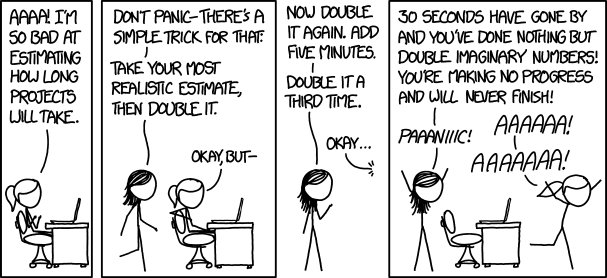Introduction
The Shirky principle, named after technology writer Clay Shirky, refers to the tendency of individuals or groups to resist taking action or making decisions when they perceive the effort or cost involved to be higher than the potential benefit. This mental model is deeply rooted in human psychology and can significantly impact our decision-making processes. In this blog post, we will explore the concept of the Shirky principle, its relevance in decision-making, its prevalence in various contexts, the cognitive biases that contribute to it, strategies to identify and overcome this fallacy, and the implications of succumbing to the Shirky principle in our lives.
Understanding the Shirky Principle
The Shirky principle suggests that when faced with a decision or task, individuals or groups may choose inaction due to the perceived effort, cost, or risks involved outweighing the expected benefits. This tendency can result in missed opportunities, stagnation, and suboptimal outcomes.
Psychological Anchoring of the Shirky Principle
The Shirky principle finds its roots in several cognitive biases and psychological factors. One of these biases is the status quo bias, which leads individuals to prefer maintaining the current state of affairs rather than taking action, even if the potential benefits of change are substantial. The status quo provides a sense of familiarity and comfort, making it challenging to overcome the inertia and initiate change.
Another psychological factor is the fear of failure. Humans are naturally risk-averse and tend to avoid situations where failure is possible. The perceived effort or cost associated with taking action can evoke anxiety or fear of making mistakes, leading to a preference for inaction.
Examples of the Shirky Principle in Decision-Making
Personal Life Decisions:
Consider an individual who desires to change their career but hesitates to pursue new opportunities due to the perceived effort and risks involved. They may remain in an unfulfilling job, missing out on personal growth and professional satisfaction. The fear of failure and the perceived costs of change hinder their decision-making process, trapping them in a state of inaction.
Business Scenarios:
In a business context, the Shirky principle can manifest when organizations resist adopting innovative technologies or implementing necessary changes to stay competitive. They may perceive the effort, costs, and risks associated with change as substantial, leading to inertia and stagnation. Ultimately, this hampers their ability to adapt to evolving market dynamics and maintain a competitive edge.
Public Policy-Making:
The Shirky principle can also affect public policy-making. Policymakers may hesitate to introduce reforms or address pressing societal issues due to the perceived effort, potential backlash, or political risks involved. As a result, important policy changes may be delayed or altogether abandoned, leading to negative consequences for the public.
Mental Biases and Underpinnings
The Shirky principle is influenced by various cognitive biases, including loss aversion, which causes individuals to overweight potential losses compared to gains. This bias intensifies the perception of effort or cost associated with taking action, making inaction appear more attractive.
Furthermore, the availability heuristic plays a role by making individuals focus on readily available information when assessing the effort and benefits of a decision. If the effort or cost is more salient than the potential benefits, the decision-making process is biased towards inaction.
Identifying and Overcoming the Shirky Principle
To combat the Shirky principle and make more objective decisions, consider the following strategies:
Awareness and Self-reflection: Recognize your own tendencies toward inaction and reflect on the potential benefits of taking action. Ask yourself if the perceived effort or cost truly outweighs the potential gains and challenge your underlying assumptions.
Break Down Tasks: Instead of viewing a decision or task as a monolithic endeavor, break it down into smaller, more manageable steps. This reduces the perceived effort and makes the path to action clearer.
Assess Potential Losses and Gains: Evaluate the potential losses and gains objectively. Consider the long-term benefits that might outweigh the short-term effort or costs. Reflect on the potential consequences of inaction and the missed opportunities that may result.
Seek Support and Advice: Engage with trusted individuals or seek advice from mentors, colleagues, or professionals who can provide valuable insights and help you navigate the decision-making process. They can offer different perspectives, challenge your assumptions, and provide support when overcoming the inertia of inaction.
Conclusion
The Shirky principle is a common mental trap that can hinder decision-making in personal, business, and public policy contexts. By understanding its psychological underpinnings and recognizing its occurrence, we can actively work to overcome this fallacy. Through awareness, self-reflection, breaking down tasks, and seeking support, we can make more objective decisions and avoid the detrimental consequences of inaction. Embracing the Shirky principle challenges us to step out of our comfort zones, seize opportunities, and propel ourselves towards growth and success.
